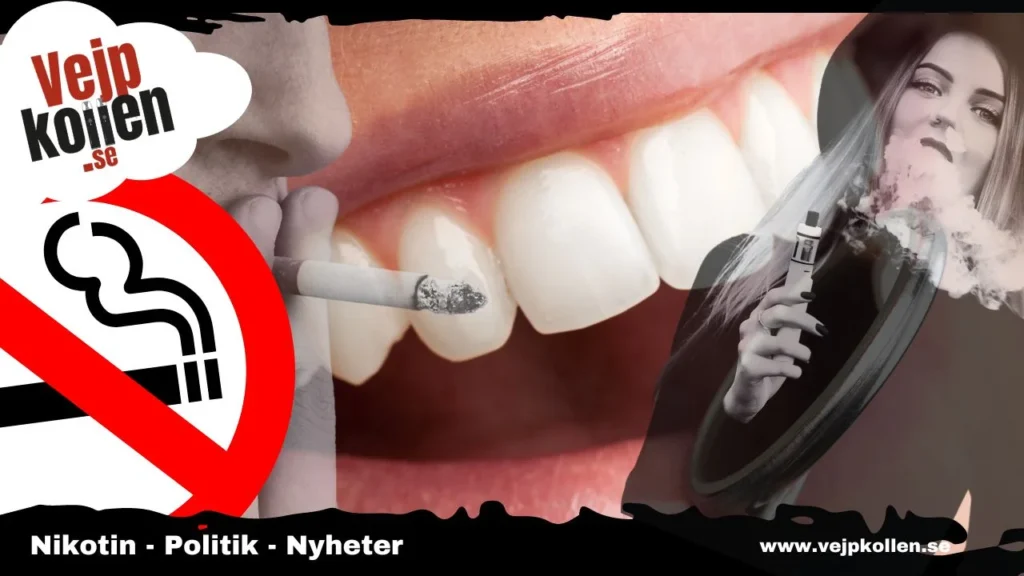Vapers who have quit smoking reduce the risk of developing plaque on the teeth. This is according to an Italian study that compared plaque development between smokers, non-smokers and e-cigarette users.
"Exposing the oral cavity to the chemicals produced by combustion and smoking increases the risk of plaque, caries and periodontal disease. The aerosol from e-cigarettes does not affect the oral cavity to the same extent and the risk of plaque could not be distinguished from that of non-smokers," write the researchers at the University of Catania.
Plaque, a coating of bacteria on teeth that can lead to cavities and gingivitis, is more common in smokers than non-smokers. Previous research in this area has shown this.
"This is likely due to changes in saliva composition, including enzymes and immunoglobulins, which reduce the defence mechanisms that normally protect against plaque formation. In addition, smoking has been shown to amplify the harmful effects by facilitating colonisation and infection," the researchers state in their analysis.
Reduces exposure
Comparison between smoking and vaping The researchers wanted to investigate how modern nicotine products such as e-cigarettes and heat-not-burn systems affect oral health. The study included a total of 136 people aged 18-50 years. The participants were evenly split between men and women and included 30 smokers, 24 ex-smokers, 29 never-smokers and 54 vapers (people who use nicotine via e-cigarettes or heat-not-burn systems).
Big differences The results showed that plaque and tartar accumulation was significantly different between smokers, non-smokers and ex-smokers and e-cigarette users. No significant differences were found between vapers, never-smokers and former smokers.
"This suggests that the use of nicotine via e-cigarettes, which work without combustion, reduces exposure to harmful chemicals that affect oral health by creating favourable conditions for biofilm formation and maturation," the researchers write in their analysis.
Researchers are cautious
Several factors play a role The researchers emphasise that other factors also affect oral hygiene. They looked at how often the participants brushed their teeth, as well as their dietary habits. However, the difference between smokers and non-smokers was most significant. There were also no major differences between the two different types of smokeless nicotine consumption. However, the researchers are cautious about drawing definitive conclusions.
"The differences between heat-not-burn and regular e-cigarettes were more difficult to identify. This is probably because the group was relatively small and it is not possible to determine statistically significant differences," the researchers write.
Need for larger studies
Need for larger studies The researchers point out that larger studies are needed to clarify the specific risks of smokeless nicotine consumption in relation to oral health. They also note that e-cigarettes are often used as a substitute for cigarettes, which makes it relevant to further investigate the differences between the different nicotine products.
"It is the burnt constituents of cigarette smoke that play a significant role in the accumulation of plaque over the gums. In the future, much larger and more comprehensive studies will be needed to uncover the real effect of e-cigarettes versus heat-not-burn systems on plaque and tartar formation. Such a study is already underway," the researchers write.










